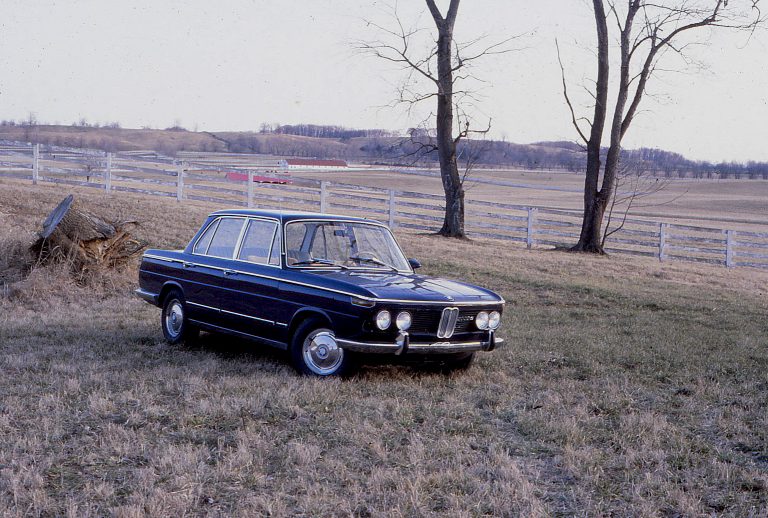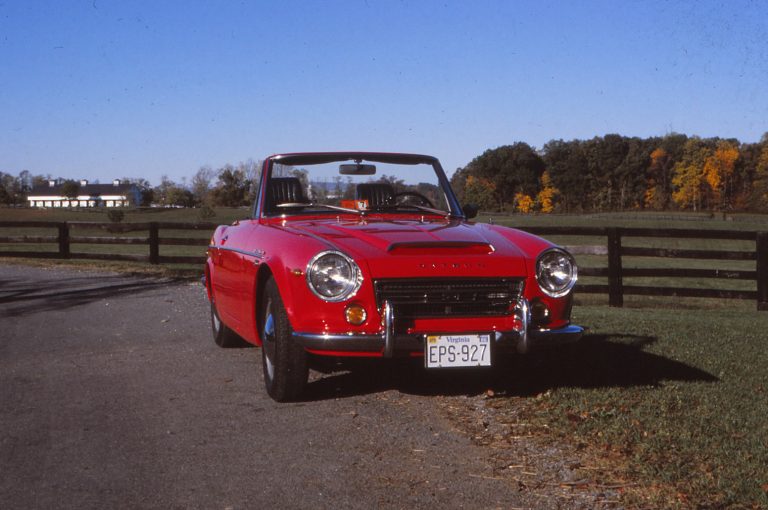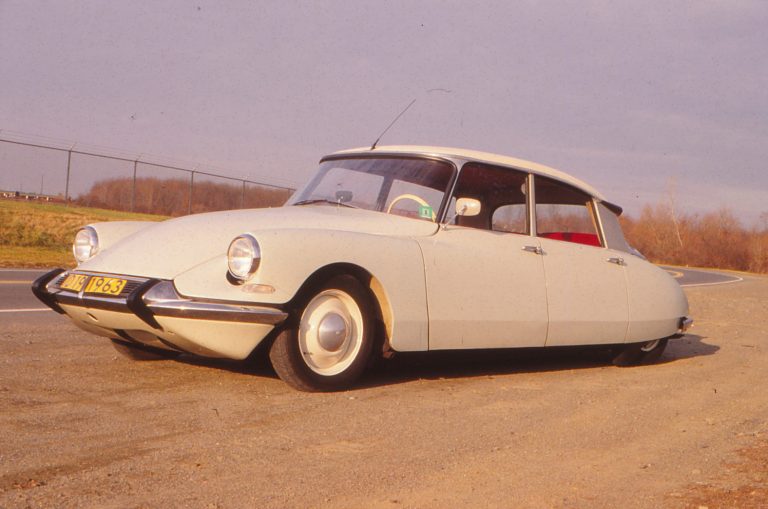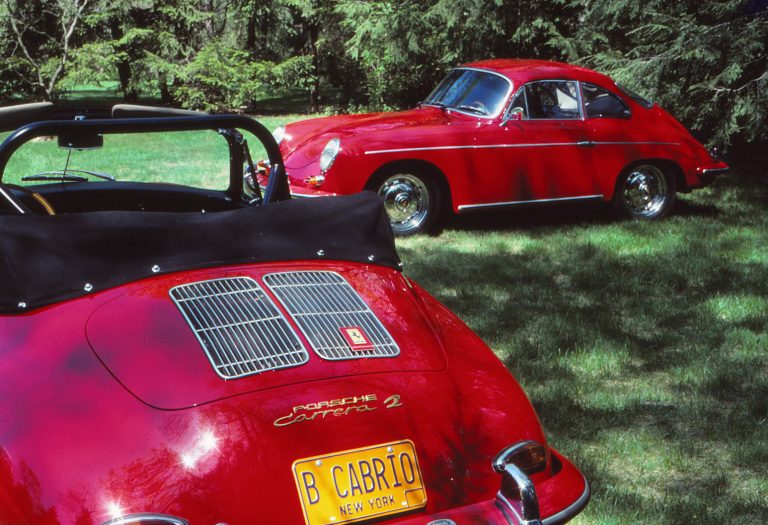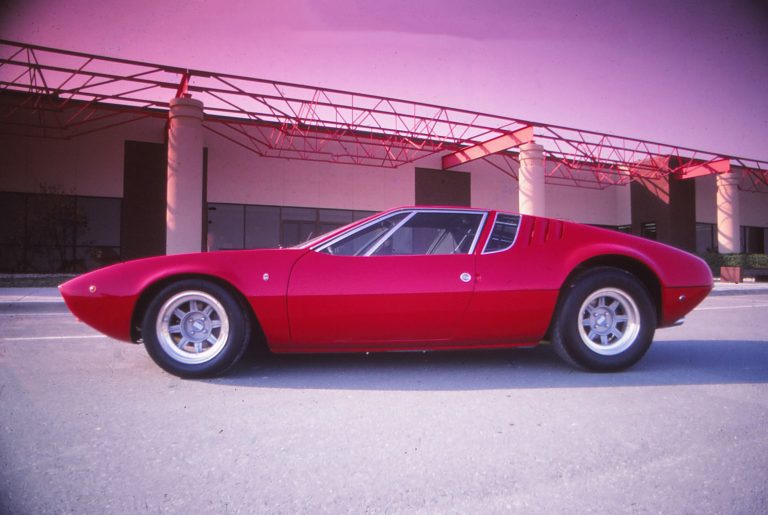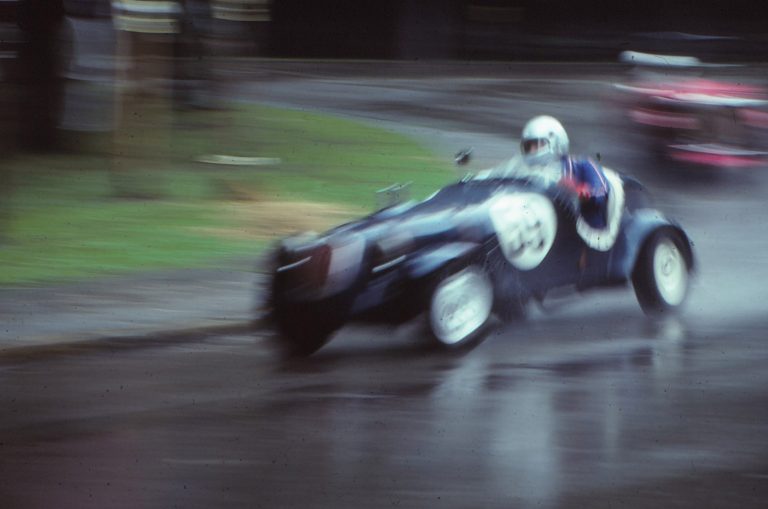History/driving impressions originally published in AutoWeek June 26, 2000
You should have regrets, America. But Italy, it’s partly your fault as well. A car with pretty, if somewhat quirky styling, a lusty dohc engine and supple ride and handling should have found greater favor. But by 1982 the Italian automobile industry in America was limping with self-inflicted bullet holes in both feet. The Lancia Zagato was just one victim.
The Zagato was a variation of the Lancia Beta family, the first model developed after Fiat’s takeover in 1969. It was not, as some feared, a Fiat in drag but an all-new chassis, with strut-type suspension front and rear and a multilink lower rear arrangement.
Lancia’s narrow V4 engine, however, was replaced by versions of Fiat’s inline dohc unit, originally designed by Aurelio Lampredi of Ferrari V12 fame. Front-wheel drive, which had become a Lancia trademark, was retained, with the transverse engine ahead of the front axle. A homely two-box, four-door sedan debuted in 1972, followed by a slinky coupe in 1974. An “estate” version, the HPE, also was made.
Pininfarina modified the Beta coupe for the ’74 Geneva show debut. Although details differed forward of the A-pillars and in the rear fender and trunk lines, the big change was to the roof. A lift-off hard center section and a fold-down fabric “convertible” rear with a plastic backlight yielded a targa-type roofline, a concession to ‘70s safety-think in lieu of a full convertible. Pininfarina built the coupe for Lancia, but the limited-production Spider would only get in the way at Pininfarina’s Chivasso factory. Therefore, complete, unpainted Coupe body shells were transported 70 miles to Milan and modified by Zagato. These were returned to Pininfarina for anti-corrosion treatment, then to Zagato for painting and interior and finally back to Chivasso for the engine and transmission. No wonder the Spider would cost $1,300 more than the Coupe.
Shortly after introduction a second-generation Spider added reinforcing struts above the doors, and fully framed windows, and made a 2.0-liter version of the dohc four available. A facelift followed in 1978. It was this version Lancia brought to the United States in 1979, calling it the Lancia Zagato for a hint of the exotic. Its smog-controlled 1995cc engine made a mere 83 horsepower but managed to propel the 2700 pound car through the quarter mile in 19 seconds. Road & Track found the Lancia Zagato “a tremendous amount of fun to drive.” Not a surprise, however, were a lot of niggling faults in the trim.
A bigger change arrived for 1981. Lancias were not officially imported to the United States in 1980, but they returned in ’81 with Bosch L-Jetronic injection. Horsepower rose to 108, torque to 114 lb-ft. It made a tremendous difference, knocking 1.5 seconds off the car’s zero-to-60 mph time. AutoWeek called it “a sports car [whose] drivability quotient ranks fairly high.” The engine was “silky smooth” and handling “quite predictable and forgiving,” though power steering was “a bit loose and desensitized.”
Almost 20 years later, we can’t fault that original evaluation. Jim Keller of Marion, Ohio, found a rust-free 1982 Zagato and even buffed the original paint back to life. Today its seats are softer than a Sophia Lauren embrace (well, we can imagine…) and have excellent lateral support, as does Sophia. The shifter for the five-speed box is rubbery and imprecise at first, but treat it with respect and the gears will come. The engine is not only smooth, but it’s torquey down low and loves to rev. It’s redlined at 6500 rpm, but the speedo has a Claybrook-era 85-mph dial. How do you say “ludicrous” in Italian? Maybe like you say “back seat” in English. The Lancia Zagato’s might be comfortable—if you had no legs.
The Lancia Zagato’s handsome profile turns heads today, in part due to its scarcity. Only 9,600 were built, with about 2,100 coming stateside. In 1982, Lancia’s last year in the United States, 764 were sold. “Delightful” wasn’t enough. Priced at more than $13,000 it was “closer to an Alfa Spider Veloce that [to] a Fiat Spider 2000, but somehow we feel its value more closely approximates the Fiat.” Other Z cars, the Nissan 280ZX and Chevrolet Z28, were faster, sturdier and cheaper—but not as sophisticated. So the regret stings. We went for the flash and glitter and reliability. And missed the Lancia Zagato. Shame on us. Shame on Italy.





